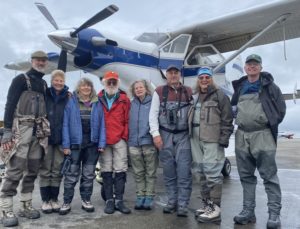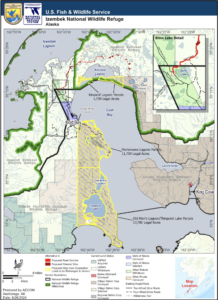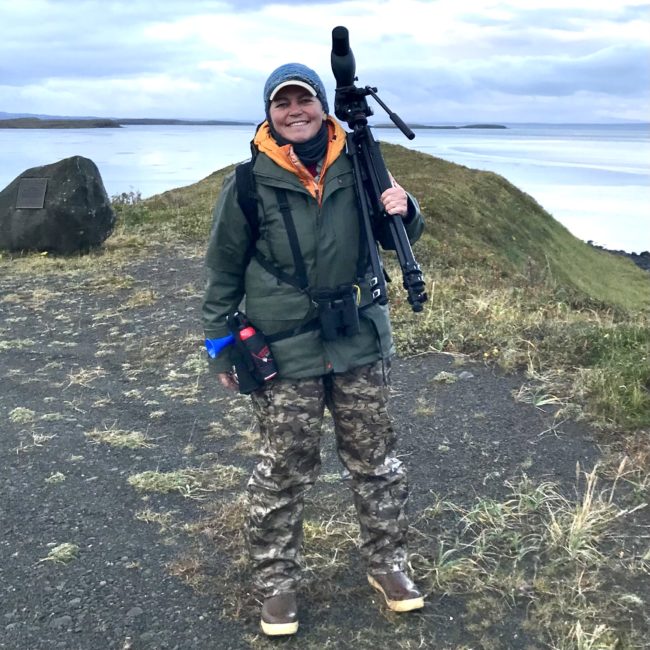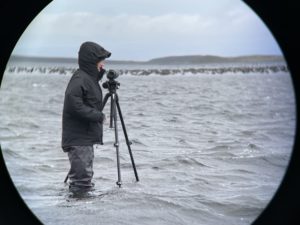UPDATE (as of December 28th): A HUGE THANK YOU to everyone who attended the hearings, either in person or virtually! And an enormous shout out to those of you who have submitted comments.
The U.S. Fish and Wildlife Service has extended the deadline for comments until February 13th, 2025. Any comments already submitted will still be considered.
A proposed land exchange at the end of the Alaska Peninsula threatens wildlife conservation and the protection of public lands in Alaska. Pristine wilderness and high value wetlands within the refuge would be traded away in order to build a road from King Cove to Cold Bay. We need all Friends to speak up and oppose this land swap! Submit your public comment today- the deadline has been extended until February 13, 2025.
The draft Supplemental Environmental Impact Statement (draft SEIS) completed by the US Fish and Wildlife Service selected Alternative 6 as the preferred alternative- to implement a land swap with King Cove in order to build the road along the isthmus through the refuge and designated wilderness.
In person and virtual hearings:
Comments
We need all Friends to submit comments!! Comments can be submitted online here.regulations.gov. Bullet points for your testimony are below, but we need you to draft your own response– each unique set of comments is counted as one comment, while identical comments (say, if Friends of Alaska National Wildlife Refuges gave out a script for you to copy and paste) are counted as only one comment, regardless of the number of submissions.
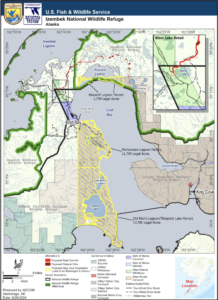
Map of the Preferred Alternative showing road corridor, exchange lands. Note how the road bifurcates the refuge at the narrowest part cutting between Izembek Lagoon and Kinzarof Lagoon. Also note the wetlands it will pass through and all the planned “material sites”. I imagine it will take a lot of gravel from those material sites to fill in a wetland like that. Note the significance of that narrow neck for migration. It is also a “blow hole” with winds howling from the Bering Sea to the north to the Gulf of Alaska to the south. Preventing drifting snow on this road would be a significant challenge.
Sample talking points for your comments:
The comments taken most seriously by agencies are those in your own words for your own reasons. But here are some thoughts on why the road is such a terrible idea.
- Izembek is a world class coastal wetland, recognized as a Wetland of International Importance under the Ramsar Convention.
- Nearly the entire world’s population of Pacific black brant depend on the Izembek Lagoon complex for migrating and/or wintering as well as hundreds of thousands of other waterbirds.
- The trade would cause the refuge to lose high value wetlands in exchange for lower value wildlife habitat.
- The road would affect the migration corridor used by caribou, bear and others by bisecting the narrow neck of land between the Bering Sea and Gulf of Alaska. This road would inevitably bring hunters to this narrow crossing.
- The trade would set a dangerous precedent far beyond Izembek because it would allow lands established as a Conservation Unit by the Alaska National Interest Lands Act (ANILCA) to be taken out of the refuge and lose its conservation status without the approval of Congress. Congress created the refuge. If the boundaries are to be changed, Congress should do it. To allow the Secretary of the Interior to undue Congress’s work in passing ANILCA threatens all ANILCA Conservation Units – National Parks, National Forests, National Wildlife Refuges in Alaska.
- The trade would set another dangerous precedent by taking Congressionally designated Wilderness out of the National Wilderness Preservation System to be traded to private ownership. Again, only Congress should undue a Wilderness designation.
- Native groups other than King Cove oppose the swap. Twenty resolutions and a letter representing 78 tribes have been submitted asking for the “no action” alternative.
- The trade will only harm the refuge and the purposes for which it was Congressionally created.
- The Izembek National Wildlife Refuge is one of the most ecologically significant wetland areas in the world. The entire population of Pacific black brant and Emperor Geese rely on the refuge’s eelgrass beds. The wetlands themselves are internationally recognized as hugely significant for bird populations.
- The draft Supplemental Environmental Impact Statement disregards years of precedent and work to protect Izembek’s wetlands and lagoons. Everyone involved in conservation work understands that roads bring people and development. Izembek should not face that fate.
- Over 80 resolutions from Native tribes in Alaska were submitted to Secretary Haaland urging her to choose the “no action” alternative. She disregarded those resolutions.
Thank you, and remember to submit your comments by December 30, 2024 February 13, 2025!
Black Brant, Izembek National Wildlife Refuge, PC: USFWS/Kristine Sowl
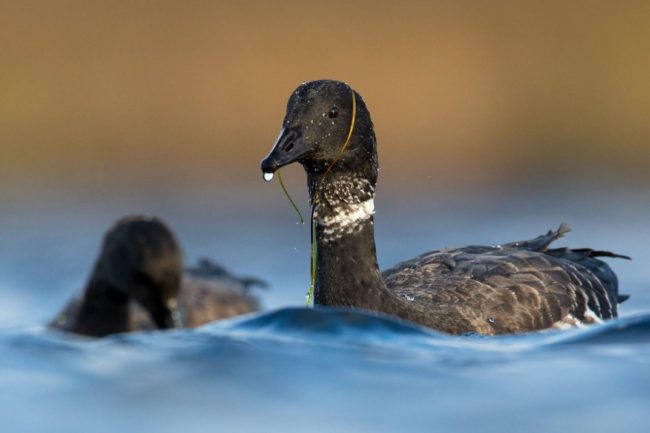
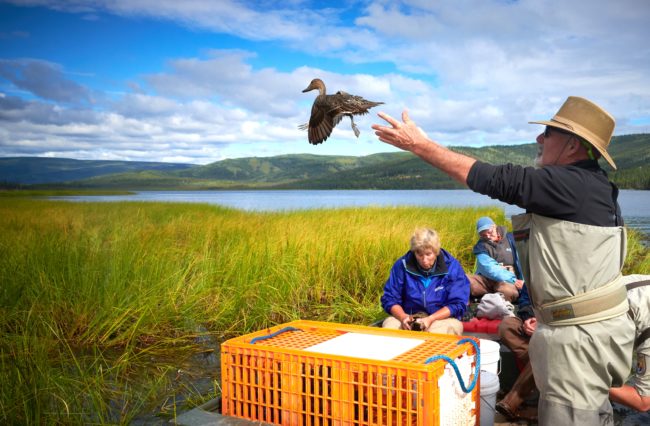
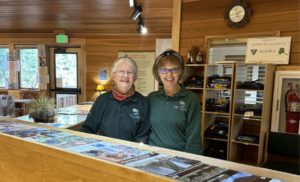
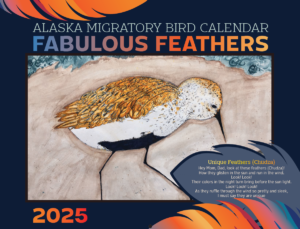

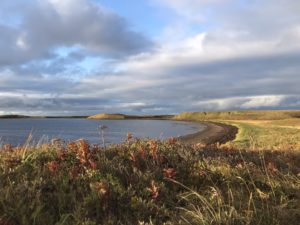 In November the Fish and Wildlife Service proposed a land exchange to accomodate a road through the wetlands and designated Wilderness of the Izembek National Wildlife Refuge. PC Cindy Mom, Seldovia Friends volunteer on Izembek Brant Project.
In November the Fish and Wildlife Service proposed a land exchange to accomodate a road through the wetlands and designated Wilderness of the Izembek National Wildlife Refuge. PC Cindy Mom, Seldovia Friends volunteer on Izembek Brant Project.